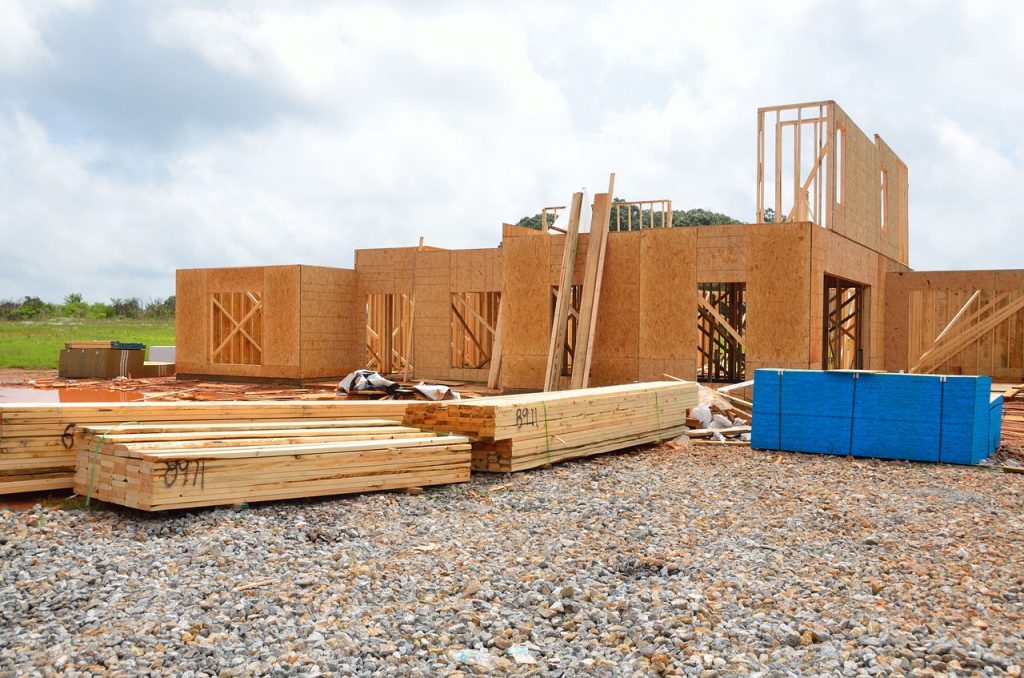While home values have recovered since the Great Recession and, in many cases, surpassed their pre-recession peaks, single-family home construction activity has continued to languish. The rate of new housing starts will likely remain below historic averages until 2022 or later, according to a panel of economists and real estate experts.

The for-sale market has experienced persistently low inventory over the past few years. A continued low rate of new construction would likely keep demand high for the relatively limited single-family homes that are available and keep many in the rental market for longer, putting price pressure on both the for-sale and rental housing markets.
The Zillow Home Price Expectations Survey, which is conducted quarterly by Pulsenomics LLC, asked more than 100 economists, investment strategists and real estate experts for their predictions about the U.S. housing market. The Q3 survey also asked panelists about their expectations for new construction activity.
Historically, single-family housing starts have averaged more than 1 million units a month and reached heights of more than 1.8 million in 2006 before plummeting during the Great Recession. Activity has picked back up since then, but has yet to again reach the historic average.
A slight majority of panelists expect the level of new single-family construction will remain below 1 million units until 2022 or later, with the most pessimistic projections pushing this off until 2029. One in five think that threshold will be reached by the end of next year, and a quarter are targeting 2021.
Zillow research indicates that the rate of U.S. home construction has lagged behind what would typically be expected given the rate of population growth over the past decade. Issues such as scarce land, a worker shortage and high costs for permits and materials have plagued builders in recent years, making it increasingly difficult to profitably build large numbers of homes – especially at price points accessible to low- and middle-income home buyers.
"The American housing landscape was shaped in a big way by the drive for the classic American dream; swaths of cities were set aside solely for single-family, detached homes, with big minimum lot sizes and slow local review processes. Jump ahead three decades and housing affordability is a major issue across the country," said Zillow Director of Economic Research Skylar Olsen. "Those same practices now arguably limit the ability of the next generation to become homeowners. Without new homes to meet population growth and replace an aging housing stock, home buying is expected to move further out of reach. The most-popular solutions among experts all ultimately suggest rolling back these rules to increase flexibility and get more projects through the process faster."
When asked their opinion on actions that would most effectively increase the supply of single-family housing, the panelists expressed the strongest preference for relaxing local review regulations for projects of a certain size – 56% of respondents included this option among their three most-preferred. Reducing mandatory minimum lot sizes (38% of respondents) and easing the land subdivision process for landowners (38%) were the next most commonly chosen.
Builders' eagerness to increase activity is tied closely to their expectation of future home value growth. Panelists have lowered their growth projections since this time last year. On average, panelists expect home values to grow 3.6% in 2019, then slow to 2.5% in 2020 and 2.2% in 2021, before picking back up to 2.6% in 2022. As of July, home values were growing at a 5.2% annual pace.
"Overall, the outlook for U.S. home prices remains positive in both nominal and inflation-adjusted terms. But it continues to soften, despite diminished mortgage rates and a low supply of entry-level homes," said Pulsenomics Founder Terry Loebs. "Appreciation expected through 2023 has fallen to an average annual rate of 2.9 percent – the most subdued five-year panel-wide projection in the past seven years – and experts who believe there is downside risk to their forecast outnumber those who see upside by a ratio of more than four-to-one."